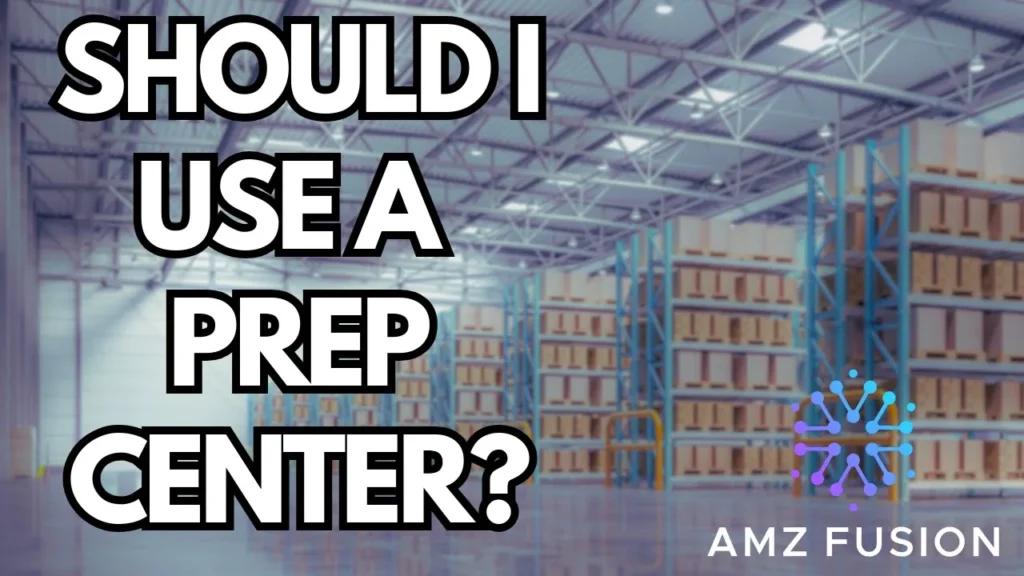Maximizing Efficiency in E-commerce: The Role of Prep Centers
Navigating the logistics of e-commerce, particularly for platforms like Amazon, can be daunting. One critical decision is whether to handle product preparation in-house or through a prep center. Here’s a comprehensive look at the pros, cons, and economic rationale behind each option.
Understanding Prep Centers
Prep centers provide specialized services to prepare products for Amazon fulfillment. This includes receiving, labeling, packaging, and shipping products according to Amazon’s stringent requirements.
Pros:
- Efficiency and Specialization: Prep centers streamline the preparation process, which can be beneficial, especially during high-volume sales periods.
- Cost Predictability: Fixed per-unit costs help manage expenses without the variability associated with in-house prep.
Cons:
- Per Unit Cost: While outsourcing can save time and labor, it might increase the cost per unit, particularly for lower-volume sellers.
In-House Preparation
Managing prep operations in-house gives you control over the entire process but comes with its own set of challenges and expenses. You’ll also want prep software to maximize efficiency like List & Ship.
Pros:
- Control: Direct oversight of packing and shipping processes.
- Cost Savings: Potential for cost reduction per unit, especially at higher volumes.
Cons:
- Infrastructure and Labor Costs: Significant initial and ongoing investment in warehouse space and staff.
- Complexity and Scalability: Operational complexity increases with volume, requiring more sophisticated systems and processes.
Cost Analysis
- Breaking Even: Sellers need to evaluate the break-even point when considering in-house preparation. Depending on the scale, a prep center might offer more economical pricing, especially when factoring in all associated costs like rent, utilities, labor, and equipment.
- Economic Scale: Prep centers often become more viable as the volume of shipments increases, where the marginal savings of in-house operations are outweighed by the logistical and management overhead.
Conclusion
Choosing between a prep center and in-house preparation depends on several factors, including the scale of operations, financial considerations, and personal preferences regarding control versus convenience. For many, the hassle-free nature of prep centers, despite the higher per-unit cost, offers a compelling value proposition that aligns with business growth and operational efficiency.




